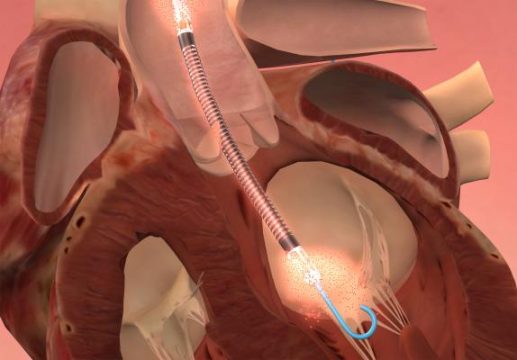Long after AHA 2019 had presented observational studies showing adverse events associated to Impella, JAMA is finally publishing the official results including all charts and small print.

The controversial analysis of the American registry had suggested worse outcomes with the intravascular microaxial left ventricular assist device Impella vs. the intra-aortic balloon pump in acute myocardial infarction patients complicated with cardiogenic shock.
JAMA’s article appears several months after the outcomes had been presented at AHA. At the time, there were two registries on the use of Impella, both with similar results; one was simultaneously published in Circulation and the other has recently come out in JAMA.
Read also: Impella: A Revolutionary Device Being Questioned.
Both studies had been discussed at AHA and most experts had agreed on the fact that their outcomes should be interpreted with caution, given the heterogeneous nature of data, the lack of information on patients and the moment they saw benefits, if any.
This device, designed to draw blood out of the left ventricle and improve anterograde flow, seems physiopathological interesting, though somewhat invasive, and therefore not without complications. Given the lack of randomized studies, the available data so far tells us we should cautiously select patients cautiously and consider the device only for cases with refractory cardiogenic shock.
This retrospective cohort included 28304 patients with acute myocardial infarction complicated with cardiogenic shock undergoing PCI.
Read also: AHA 2019 | Sapien vs Evolut: A Head-to-Head Study Seems Mandatory.
The Impella was used in 6.2% of patients, while the intra-aortic balloon pump was used in 29.9% of cases. More than half of patients were managed medical treatment alone.
Propensity score matched 1680 pairs of patients with well-balanced baseline characteristics.
Impella patients showed 10.9% more chances of in-hospital death than those receiving the balloon pump, and 15.4% more bleeding (p<0.001 for both).
Is it really a matter of safety? Were patients in these registries really comparable? Do interventional cardiologists need further training with this device? Did they choose the right patients? We expect a large randomize study to find the answers to these questions.
Original Title: Association of use of an intravascular microaxial left ventricular assist device vs intra-aortic balloon pump with in-hospital mortality and major bleeding among patients with acute myocardial infarction complicated by cardiogenic shock.
Reference: Dhruva SS et al. JAMA. 2020; Epub ahead of print.
Subscribe to our weekly newsletter
Get the latest scientific articles on interventional cardiology
We are interested in your opinion. Please, leave your comments, thoughts, questions, etc., below. They will be most welcome.





